If any of you happened to follow along with some of our stories on Instagram last weekend, then you saw what lovely adventures await a prospective Porsche 996 Carrera owner. Even if you didn’t see, I’m sure you already know the fun projects to which I’m referring: the Intermediary Shaft Bearing, Rear Main Seal, and all the lovely procedures needed to properly perform that service, along with all the regular maintenance stuff a twenty-year-old performance car requires. This week, we’re shifting things up a bit and talking about the affordable Porsches, why you should consider one, and what you can look forward to if you make the excellent decision to drive one home.
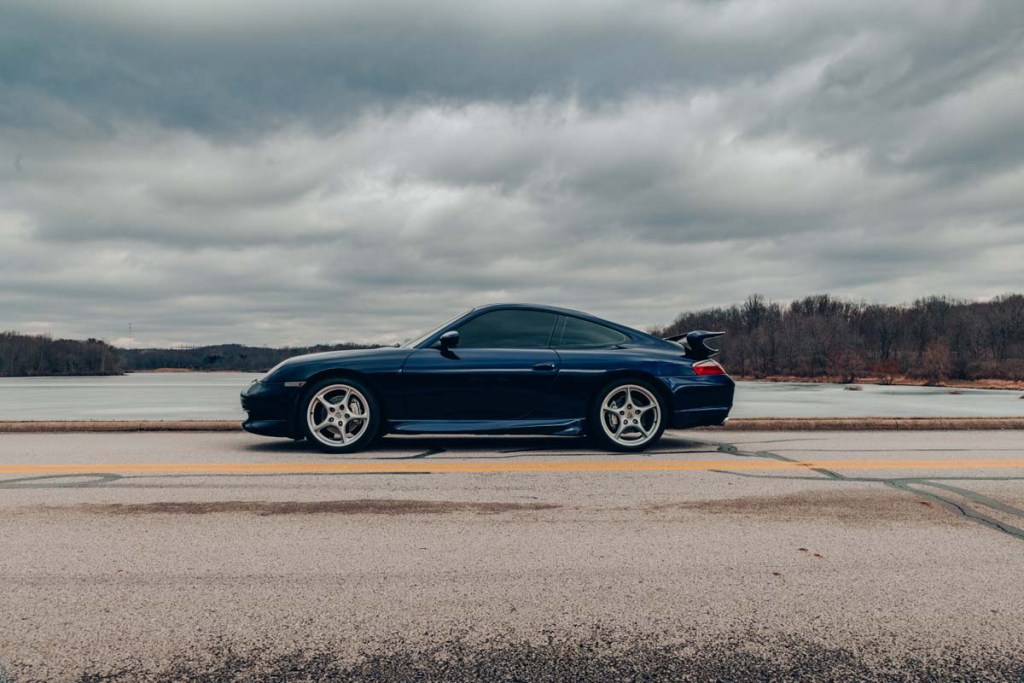
To begin, let’s talk about the average price of a used 996. For a manual-transmission-equipped coupe with desirable specs and colors, a 996 Carrera should sell between $23,000 and $30,000 depending on whether the IMS bearing update, rear main seal update, and typical maintenance have been performed or not. Additionally, it will depend on what trim level and body style you choose. Cabriolet RWD automatics will be the least costly, and they increase from there. Manual coupe C4S and Turbo models will fetch the highest prices, GT2 and GT3 cup cars are affordable only to the wealthiest of collectors.

Without humble-bragging, I will tell you that I spent exactly $24,000 on my 996 C4 coupe 6-speed including all fees for registration and such. If you look at the price scale I listed, then you’ll be correct in assuming that the ol’ girl needed a few things, like the IMS, RMS, clutch, brakes, and oxygen sensors, which is why I was able to pick up a highly desirable version for a relatively inexpensive cost. The question remains, though, why would anyone want one?
This era of performance cars, specifically, European and Japanese imports, is highly desirable right now. With E46 M3s and E36 M3s beginning to draw in the same kind of money and buyers that the E30 M3 did right before that bubble bloomed, you’re going to pay about the same for a well-cared-for low-mileage example as you would a 996. Except, with the E36, you’re knowingly purchasing a car that is notorious for falling apart inside the cabin, VANOS rattle, and an underwhelming US-spec engine. For a Euro-spec car, be prepared to spend close to $40,000, or 996 Turbo money, for what’s effectively just an old, boxy, E46 M3 with glove box sag. With the E46 M3, you may be on the lower end of cost for a well-spec’d manual transmission coupe, but you’re not much better off in terms of known Achilles’ Heels.
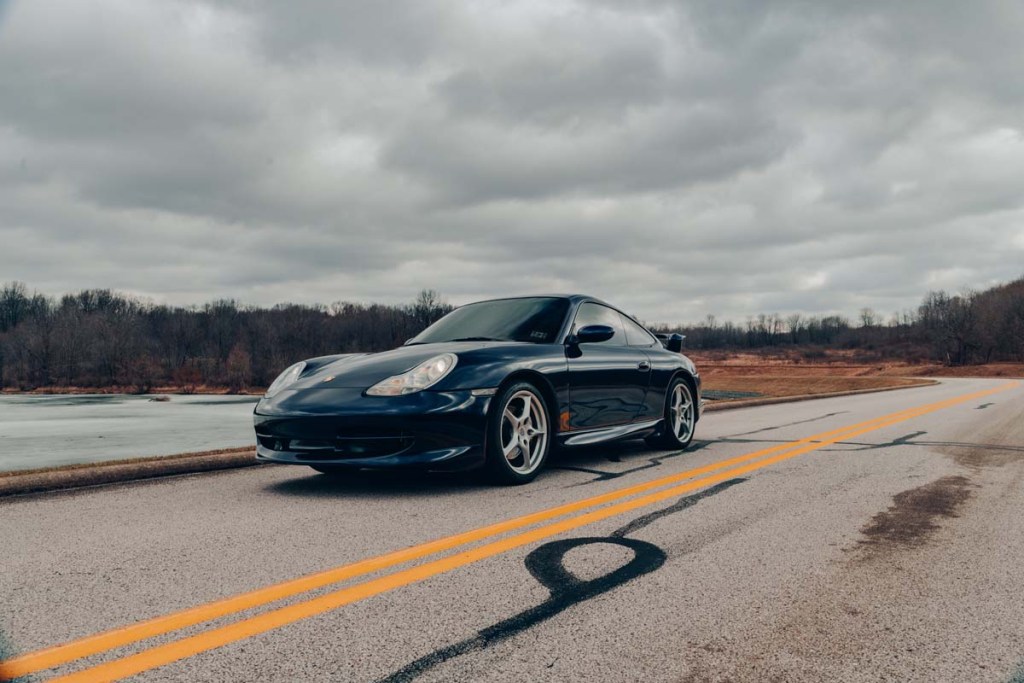
The E46 M3 is famous for rod bearings that need attention every 60,000 miles, subframe cracking, more VANOS issues, expensive brake rotors (on the CSL-equipped models), SMG pump issues (SMG only), and a rather bland cabin that can’t decide on whether it’s a modern industrial look or retro-rustic. Regardless, for roughly the same price as a 996 that needs about the same amount of work, you have an otherwise equal car that is far less unique, interesting, or, in my opinion, fun.
They may be the ‘Ultimate Driving Machines,’ but with the 996 911, ‘There is no substitute for Porsche.’ Cliches aside, seriously think about it. If you had the choice between an E46 M3 or a 996 for the same money, with the same amount of work and cost for parts/labor, and planned to drive the car regularly, which sounds more fun? The 996 is unique, it stands out a bit but is still reserved enough to take to the store or around town without worrying about it like you would a Lotus or Ferrari. It has a ‘frunk,’ which is cool in its own right, but it’s also practical. Having taken the 996 to do some grocery shopping and Home Depot runs, I can tell you it fits enough for our weekly grocery trip, tools from the HD, and had room to spare for an impromptu Kohl’s shopping spree.
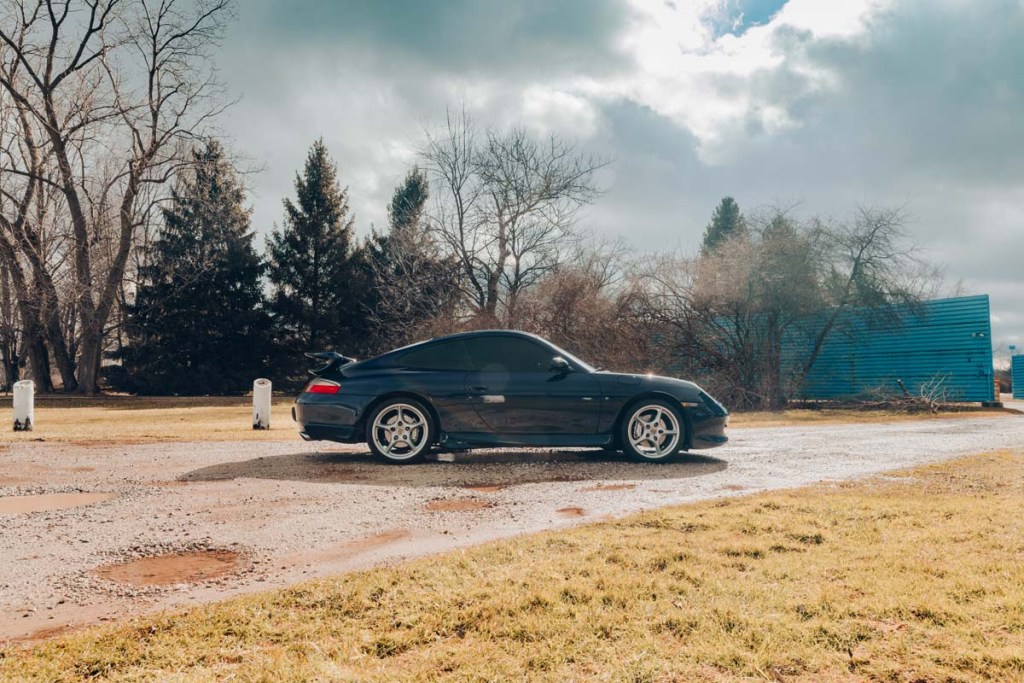
You’re not going to sacrifice usability when compared to the E46 M3 is what I’m driving at here. Not only that, but the 996 was available in the C4 and C4S models, meaning you have AWD as an option. Seeing as I live above the snow belt, that’s what I had to have. Can’t do that in an M3!
So, in terms of direct competition, the 996 is just as usable, if not more so, than an E46 M3 for the same money. It’s better all around than a US-spec E36 M3 and more affordable than the real competitor, the Euro-spec M3. It’s more unique and a bit more quirky than a B5 S4 or B7 RS4, while still offering AWD and a manual transmission. It’s powerful, nimble, mechanical, and incredibly responsive to drive, which makes it a sure-win over modern Porsches, even the astounding Cayman S. All that is to say, value for money, cool factor, fun behind the wheel, and affordability all point straight to a 996. But what about those repairs we’ve mentioned?

Well, it wouldn’t be right to preface the repairs bill without transparently admitting these two key details. First, by working for a parts supplier, I have access to better pricing than the average consumer. Second, I perform all my work myself (or at least struggle through it.) This means the cost to repair, maintain, and service a Porsche 996, or any European car, is not going to be much. However, it isn’t that far off for the average consumer to afford if they do their own work. Let’s talk about what you can expect worst-case, which is what I had to deal with.
IMS Bearing
The boogeyman. The bad bearing. The reason the 996 is such an incredible value is this dreaded intermediary shaft bearing. So what is it? The IMS is used in all Porsche Mezger engines and connects each bank of camshafts as well as the crankshaft while also driving the oil pump. So, it has a big job. In the 996 generation, Porsche switched from an externally-oiled bearing that was lubricated by engine oil to a sealed unit in the M96/M97 engines. Since it’s sealed, it isn’t supposed to receive any engine oil, as that will deteriorate the bearing. When that happens, the bearing will fail rather suddenly, your valves contact pistons, your engine loses oil pressure, literally everything jumps time, explodes, kicks your dog, insults your grandmother, and your engine becomes a $7,000 boat anchor.
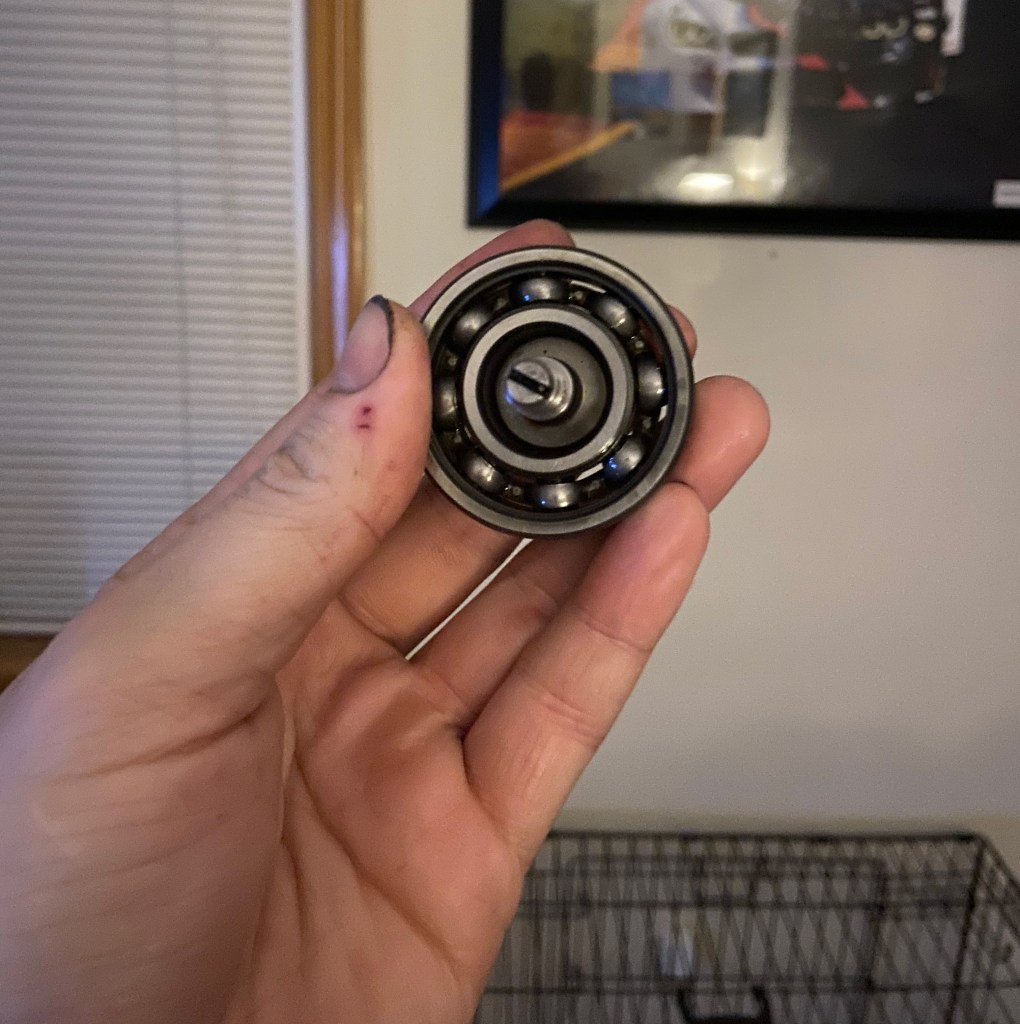
Oh, and it sends like, a billion metal shavings through everything, too, so even if you replace the heads, valves, and pistons, retime the engine, and rebuild it, you’re in bore-scoring territory and likely will experience another catastrophic failure. So, it really is a big deal. But is it that scary?
This failure, while extreme and terrifying, only occurred in 1% of engines that use the early bearing, a dual-row version, and 8% of engines that used the single-row bearing, the late version. The 2001-2007 M96 and M97 engines are the most at-risk because the bearing physically has less ‘meat’ on it and the rear main seal used on those engines was not enough of a seal to prevent it from regularly failing. This then leaked into the IMS housing below it and contaminating the bearing. Still, with hundreds of thousands of these cars made, including the 997 that still used that bearing up until 2007, only about 9% of them experienced failure between both versions of the bearing.

That all said, it is important to either spend the money on the front end and buy a 996 that has had the update services performed, with the better RMS that does not fail and an upgraded bearing that will also not fail or to do it immediately after your purchase. I chose the latter because I would rather have the exact specs I want and do a bit of wrenching than settle for a cabriolet or boring color that has had the update.
Regardless, if you choose to do the service yourself, you can expect a solid (and extremely tiring) weekend of work to tackle that job and to spend anywhere between $600 for parts and tools to roughly $2,500 for the super fancy self-oiling LN Engineering update kit. I chose the Pelican Parts kit and used the LN Engineering IMS Professional Removal/Install tool kit. This kit is a must. You can rent it, but I’ll tell you why you should buy it: if you don’t spring for the fancy LN ceramic or self-oiled bearings, the Pelican Parts updated kit is less than 1/3rd the cost. It includes an upgraded bearing, works with either the early or late engine (so you don’t have to take your transmission out first to know which you have), has an upgraded three-row seal for the bearing housing, and is effectively a lifetime part. Even if you performed the IMS service during each clutch interval or 60,000 miles, purchasing the tools once and three Pelican bearings is STILL less expensive than the LN bearing, just as bulletproof, and it will be 180,000 miles of total driving to make the costs equal. No question in my mind, the Pelican bearing is what I’ll swear by.

Naturally, while you’re in there, replacing the rear main is a must. It’s honestly super easy and nothing to be afraid of. In my case, it was leaking badly as it was the more failure-prone 11mm depth seal. This had contaminated my IMS bearing, which had not failed yet, but was certainly at risk. That all done, you should also replace the clutch, pressure plate, and possibly flywheel. Now we’re here in parts about $1,500 bucks if you go with the Pelican bearing, but remember; this adds around $5,000 in value to your 996, so it’s worth doing for that and peace of mind.
Also, you must remember, you’ll spend about that or possibly more on subframe reinforcement and rod bearing service for an E46 M3. Don’t get me started on timing chain guides for the B6/B7 S4. Or timing belt and turbos for the B5 S4. So parts cost post-purchase for a car that is roughly the same cost on the front end, everything ends up about equal for all these enthusiast cars. With the Porsche, though, you have a much better driving experience, a nicer interior, a beautiful shape, and most importantly, a frunk.

This brings me to my last point: the value for performance, cool factor, and driving experience for the money won’t last forever. Hell, this article will likely contribute to the price inflation of 996s. Many people like myself are realizing the prices of these cars will never be lower than they were roughly two years ago. As YouTubers, enthusiasts, and lowly journalists at a European performance parts company buy them up and rave about all the upsides, explain the ease of tackling the downsides, and end up with highly attractive, fun, and engaging cars, the prices will climb. Dramatically. Think, E30 M3 price hikes.
In fact, we’re already seeing it. When I began to look for a 996 over a year ago, a desirable spec car was topping around $24,000. Now, that’s the lowest you’ll find a low-mileage manual transmission coupe priced for. Even in the month I’ve owned mine, the national averages have been steadily climbing above the $30,000 mark. These cars are becoming an investment you can drive and enjoy, unlike the E30 M3 that has become so expensive you can’t justify enjoying it.
Knowing all this, there’s almost no reason to pass up buying what many, including myself, call a dream car. A bedroom wall poster car. An “I have too many models of these on my desk not to own the real thing” car. The parts have never been more affordable, the resources to do any of the work yourself to make it even more affordable are available, and the community is one of the best I’ve seen. With forums like Rennlist and the Pelican Parts guides, there’s nothing that is left out for an at-home mechanic to comfortably care for one of these automotive gems.
With both ECS and Pelican as resources for replacement parts, you know you’ll always be able to find what you need to do the work, too. Even the specialty tools aren’t that expensive and are a must for your at-home garage anyway. What I’m saying is, no one bought these cars and the prices plummeted because everyone heard only the small minority’s extremely bad experiences. Everyone else has had lovely ownership adventures. Ask any 996 owners: they probably daily drive their car. I regularly see posts bragging about how many miles are on their car, taking pride in the 200k, 500k, and higher milestones.

This is a long-winded call to action. Effectively, there is nothing you should fear from a 996. There may be a bit of a major Achilles Heel, but it isn’t unfixable. Once addressed, it’s as reliable as a Camry. They’re meant to be driven every day. Enjoyed every day. And they certainly are enjoyable. If you are in the market for a fun, affordable, unique, usable, convenient, and lovely European performance car from the last era of mechanical vehicles, the 996 is not just an excellent choice, it’s the best bang-for-your-buck choice you can make. So go out there and find your dream Porsche now before they become unaffordable and everyone figures out how unbelievable they are to drive, how reliable they are, how easy they are to live with and work on, and how much joy they can bring you. If you do make the excellent decision to add a 996 of any variation to your stable, you can be sure to find all the Porsche parts you need to keep it in peak condition here at ECS Tuning.

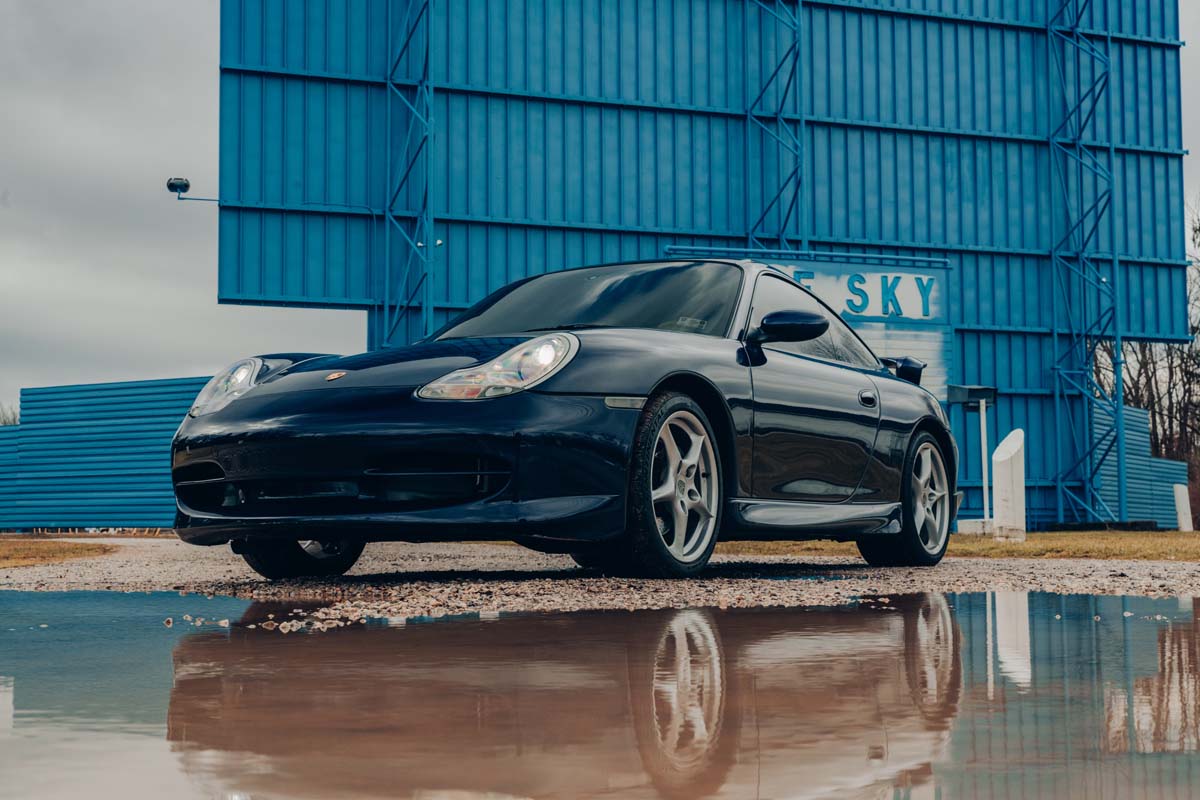

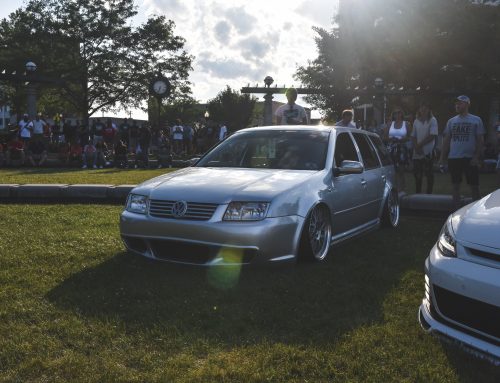
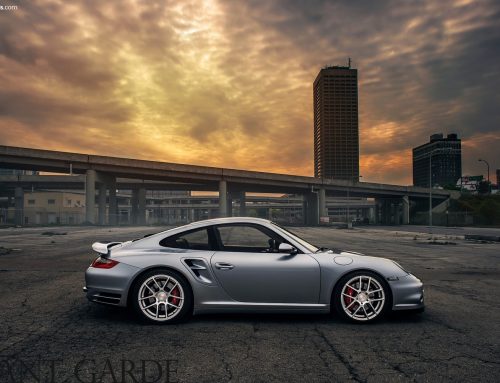
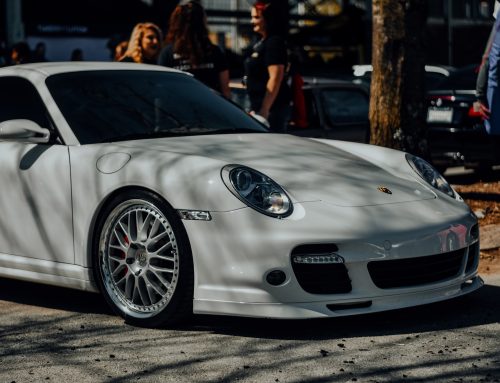
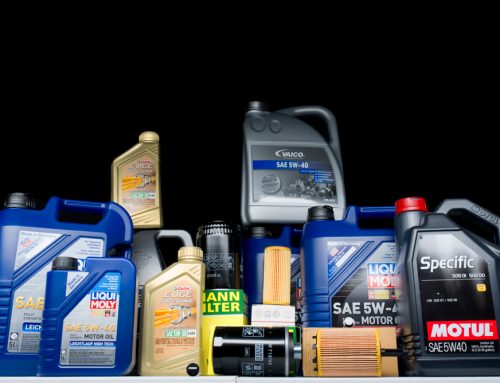
What are the specs of the one you purchased?
996.1 C4 3.4L factory GT3 aero Lapis/Savannah 6spd manual
I have to agree with you…the 996 is really a fun car to drive and they are affordable. One thing I think you just touched on was the TT or twin turbo. Talk about a kick in the butt. These things scream and don’t have the engine problems the non-turbos suffer. I bought a “Flood Car”, really the only turbo I could afford. I replaced the immobilizer and the synced it to the ECU…and have a car that simply wants to run. It hits a 100 so fast that I have to really keep my foot out of it…and with some bigger wheels and tires, it corners like the best of the modern Porsches. I’m gonna keep this one for quite a while. The beauty is—no one knows its a “Flood” vehicle.
The only person who ever will is you! If you’re not scared to touch flood cars/rebuilt cars, they can be even better bargains like yours. I’m jealous of the turbo!
I highly disagree that it is, in the email that linked me to this blog, “The Porsche 996 is the best bargain for performance around.”
5 years ago you could get the same 996, with the same miles and 5 years newer for thousands less. I almost did but got a turbo BMW instead. Then I decided to upgrade the BMW recently to what IS the best performance bargain around – the Corvette C6 Z06. Paid 27.5k for mine, already has the mods you want (fixed heads + ported, intake, cam, upgraded clutch with remote bleeder, headers/X-pipe). 590RWHP on pump, with a good 40RWHP on pump to spare if I ever go with a bigger throttle body and port the intake – even more on E85. 3100lbs, handles amazingly well, and honestly the interior is no worse than the 996.
So again, what is the real performance bargain here? C6 is also easier to work on and parts are cheaper. I have owned (and still own) Euro cars, but bargains they are typically not.
I just prefer to drive something that doesnt feel like a tractor 🙂
Great article, I have a 2001 Twin Turbo and as you know, does not have the IMS issue. The 996 you describe is the best deal on wheels right now. I also like the headlights. I also have an 89 Turbo Cabriolet. The 01 is like a symphony and the 89 Turbo is like a street fight. I love them both.
I would love to have a turbo!
Very well stated, nice article. Thanks
thank you! glad you enjoyed it!
Wow thanks for costing me money! 😂 Do you think someone could tackle this in a home garage without a lift?
Umm… I would say yes, but it would probably add a few hours to the job. You really don’t *need* to move the trans away from the car, but i would say there are a few places where it wouldn’t be fun to get leverage on things like the cam chain tensioners. i had to use a full size breaker bar to get them free and that might be tough on your back, but yes, its doable.
Congrats on your aerokit. We need your car for a red, white, and blueTaco photoshoot. Contact me for info.
Thank you! searched for a while to get it. If you are local, I’d love to make that happen!
I love my 996.1! Still on the original IMS, no issues.
That’s good! I don’t know if I could sleep at night without knowing i’ve done mine, but it certainly needed it since it’s low mileage. the ones that get driven have no issues!
I have a black 996.1 C2 manual with SportTechno Turbo wheels. Stunning spec. Bought it 2 years ago for motorcycle money. Paid more for my Ducati Multistrada Pikes Peak. Always astounded at what a sweet driving car it is every time I take it out (not often enough). Faster than any of the air cooled Pcars that preceded the water-pumper. Must admit I would love to have a 911 SC, one of my favorite Porsches. But alas, will never be able to afford one.
I absolutely prefer the Gen1 cars. Love the GT1 headlights. What an era that was for supercars.
We live in Golden, Colorado / Denver foothills. VERY spoiled to have 5-6 canyons to choose from on any given Sunday morning, 1-2 stoplights away!
Cheers
I was looking forward to learning more about the 996, but you could have written this without shitting all over the E46/E36 M3. Made me want to read what you had to say less TBH.
I’m sorry you took it that way – I love the E46 M3. Its just a comparison between a similarly priced competitive vehicle and my justification.